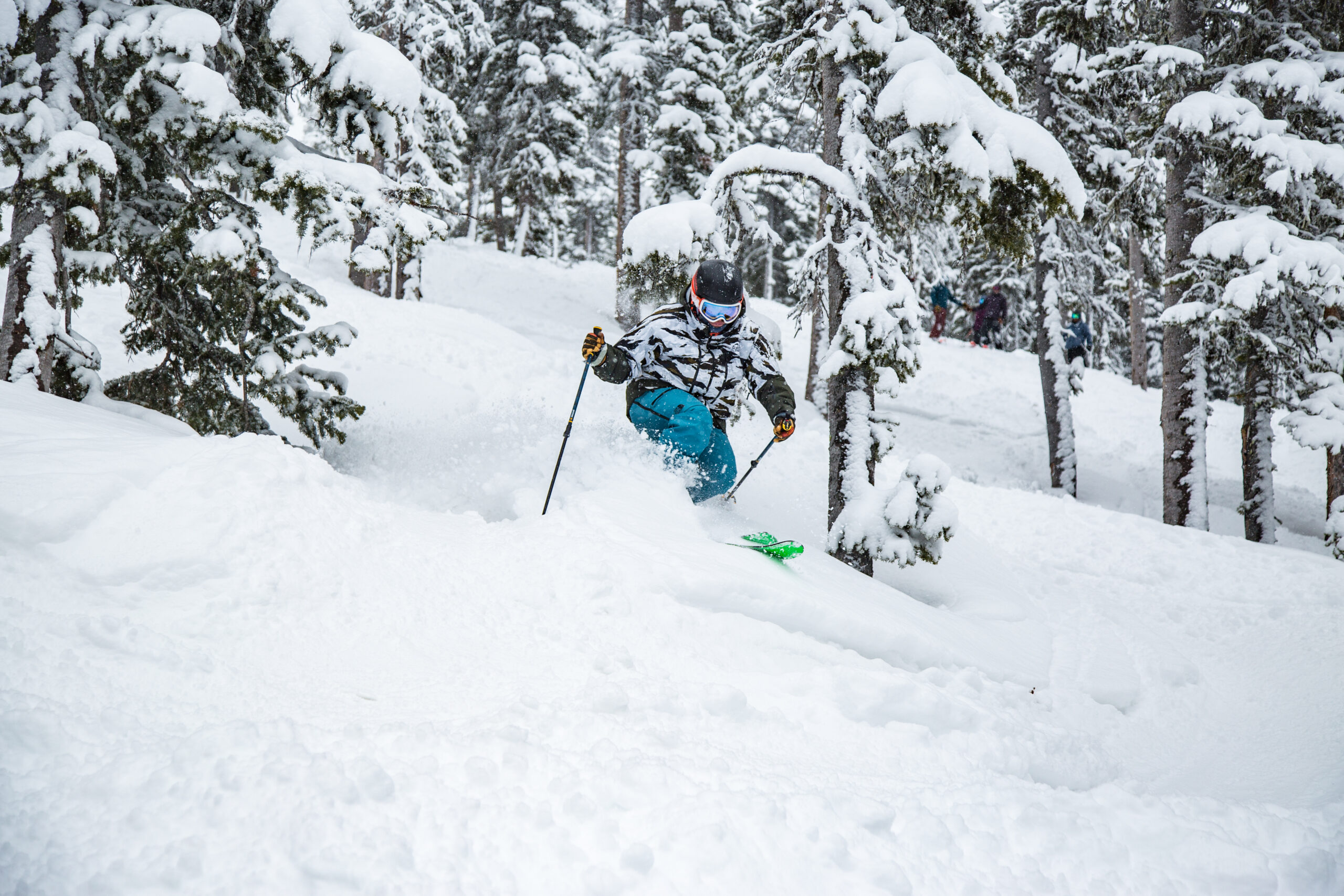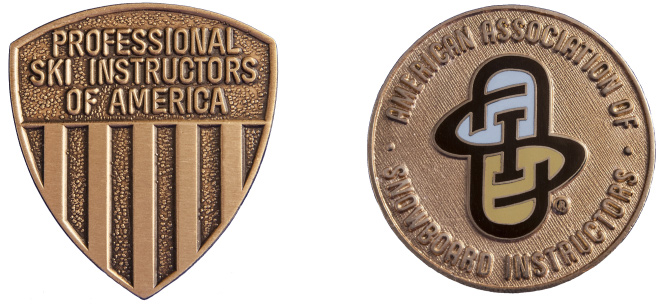Learn to ski or snowboard
Welcome to the Professional Ski Instructors of America – American Association of Snowboard Instructors. We invite you to invest in yourself and take a lesson. It’s the safer, faster, more efficient, and more fun way to not just learn to ski or ride but to become a skier or snowboarder.
Even pros have coaches, and videos can’t give you real-time feedback, teach you how to read the mountain, provide personalized gear coaching, and take you to the best spots. A snow pro can. Elevate your experience with a group lesson or personalized one-on-one coaching.
Keep reading for our beginner’s guides to skiing, snowboarding, and cross country skiing, in which PSIA-AASI’s certified professional instructors provide their best tips to get you ready for your first time on snow. See you out there!
How to Dress for Skiing and Snowboarding
Learn to Ski Basics
Learn to Snowboard Basics
Learn to Cross Country Ski Basics
Teaching Your Kids to Ski
PSIA-AASI instructors Brian and Aleks Smith share tips and tools to help you teach your children how to ski. This video will launch a short, seven-part series to help your kids get ready for and have a successful time in ski school.
National Ski Areas Association Responsibility Code
- Always stay in control. You must be able to stop or avoid people or objects.
- People ahead or downhill of you have the right-of-way. You must avoid them.
- Stop only where you are visible from above and do not restrict traffic.
- Look uphill and avoid others before starting downhill or entering a trail.
- You must prevent runaway equipment.
- Read and obey all signs, warnings, and hazard markings.
- Keep off closed trails and out of closed areas.
- You must know how and be able to load, ride and unload lifts safely. If you need assistance, ask the lift attendant.
- Do not use lifts or terrain when impaired by alcohol or drugs.
- If you are involved in a collision or incident, share your contact information with each other and a ski area employee.
Winter sports involve risk of serious injury or death. Your knowledge, decisions and actions contribute to your safety and that of others. If you need help understanding the Code, please ask any ski area employee.


